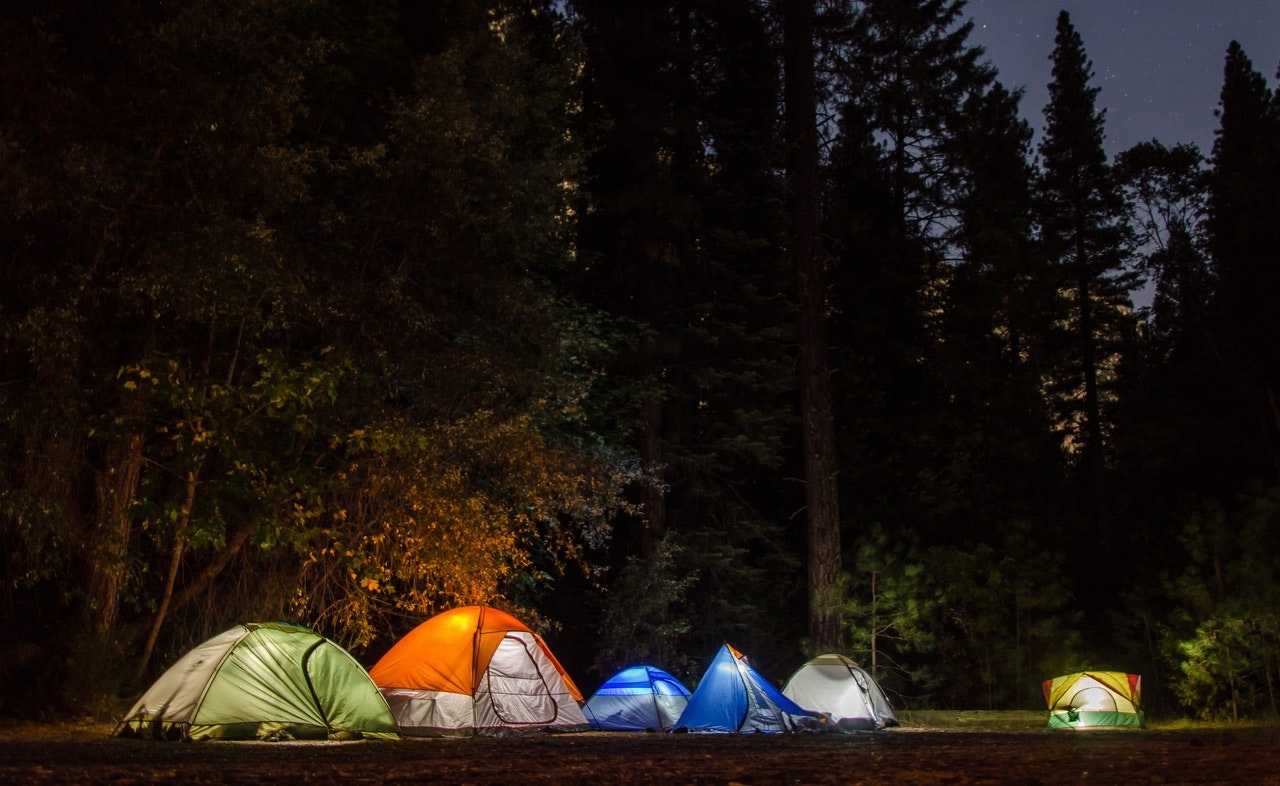A popular myth that is often discussed during every camping trip :)
Imagine a serene camping trip in the heart of nature, where you find the perfect spot to set up your tent beneath the sheltering branches of a magnificent tree. As the sun begins to set, casting a golden glow across the landscape, you can't help but wonder: Is it safe to sleep under this tree? Will it release carbon dioxide and pose a threat to your peaceful slumber? Let's embark to explore the truth behind this popular belief and discover the wonders of sleeping under a tree's protective embrace.
Nature has always fascinated humans with its diverse flora and fauna, and trees are among the most iconic and essential components of our ecosystem. They provide us with oxygen, shade, and a sense of tranquility. However, over time, certain beliefs and misconceptions have emerged about trees, one of which suggests that they release carbon dioxide (CO2) during the night, making it dangerous to sleep under them. In this blog, we will delve into this popular belief and examine whether it holds any truth or if it is simply a myth.
Understanding Photosynthesis:
Before addressing the claim, it is crucial to understand the process of photosynthesis, which is the key to a tree's ability to produce oxygen. During the day, trees absorb carbon dioxide from the atmosphere through tiny pores called stomata on their leaves. Through the process of photosynthesis, plants convert CO2, along with water and sunlight, into glucose (a form of sugar) and oxygen. Oxygen is then released back into the atmosphere as a byproduct, while glucose serves as a source of energy for the tree's growth and survival.
Do Trees Release Carbon Dioxide at Night?
Contrary to the popular belief, trees do not release carbon dioxide during the night. The process of photosynthesis slows down or stops in the absence of sunlight. Without sunlight, trees rely on stored energy reserves, primarily in the form of glucose, to sustain their metabolic functions. As a result, trees continue to consume oxygen for respiration but do not produce carbon dioxide. In fact, during the night, trees act similarly to humans in terms of respiration, consuming oxygen and releasing small amounts of carbon dioxide.
Oxygen and Carbon Dioxide Levels:
While trees do not produce carbon dioxide at night, it is important to understand the broader context of oxygen and carbon dioxide levels in the atmosphere. During the daytime, trees release an abundance of oxygen through photosynthesis, contributing to oxygen-rich environments. However, this oxygen release diminishes during the night. On the other hand, humans and other organisms continue to respire, consuming oxygen and producing carbon dioxide. Consequently, the carbon dioxide concentration near a tree during the night might be slightly higher compared to the daytime due to reduced oxygen production, but it remains at safe and normal levels.
Sleeping Under a Tree: Is It Dangerous?
The belief that sleeping under a tree at night is dangerous due to the potential release of carbon dioxide is unfounded. Trees, in fact, act as natural air purifiers during the day, absorbing carbon dioxide and releasing oxygen. This continuous process ensures that the air around trees remains fresh and healthy.
While it is true that trees respire and release small amounts of carbon dioxide at night, these levels are not significant enough to pose any threat to human health. In fact, the carbon dioxide concentrations near trees at night are similar to those found in other outdoor environments. Therefore, sleeping under a tree does not present any inherent danger related to carbon dioxide release.
Other Benefits of Sleeping Under Trees:
Sleeping under a tree can offer several benefits that contribute to a pleasant and restful experience. Firstly, trees provide shade, which can help regulate temperature and create a cool and comfortable sleeping environment, especially during hot summer nights. The rustling of leaves and the gentle sound of the wind passing through the branches can also have a soothing effect, promoting relaxation and better sleep. Additionally, being in nature has been shown to reduce stress levels and improve overall well-being, which further enhances the potential benefits of sleeping under a tree.
The belief that trees produce carbon dioxide at night, making it dangerous to sleep under them, is a myth. Trees do not release significant amounts of carbon dioxide during the night making it safe to sleep under them. While trees respire and release small amounts of carbon dioxide at night, these levels are not harmful or dangerous to human health. In fact, the carbon dioxide concentrations near trees during the night are similar to those found in other outdoor environments.
Sleeping under a tree can actually offer numerous advantages. The shade provided by trees helps create a cooler sleeping environment, especially during warm summer nights. The calming sounds of rustling leaves and gentle breeze can promote relaxation and improve sleep quality. Additionally, being in nature has been proven to reduce stress levels and enhance overall well-being.
Apart from these benefits, trees play a crucial role in mitigating climate change. Through photosynthesis, they absorb carbon dioxide and release oxygen, helping to maintain a balance in the atmosphere. They also act as natural filters, removing pollutants from the air and improving air quality.
It is important to note that while sleeping under a tree is generally safe, it is essential to consider other factors such as the presence of insects or falling branches. It is advisable to choose a healthy and sturdy tree, preferably with dense foliage, and to set up your sleeping area a safe distance away from the trunk.
Conclusion: the belief that trees produce carbon dioxide at night, posing a danger to those sleeping under them, is a myth. Trees do not release significant amounts of carbon dioxide during the night, and sleeping under a tree is generally safe and can provide a peaceful and refreshing experience. Embracing the beauty of nature and enjoying its many benefits, including sleeping under a tree, can be a delightful and rejuvenating experience for both body and mind.
Discover More
Most Viewed
Christmas is a season of joy, love, and traditions. And what better way to get into the holiday spirit than through timeless carols? These musical gems have been bringing people together for generations. Here’s our ranked list of the Top 10 Christmas Caro…
Read More















